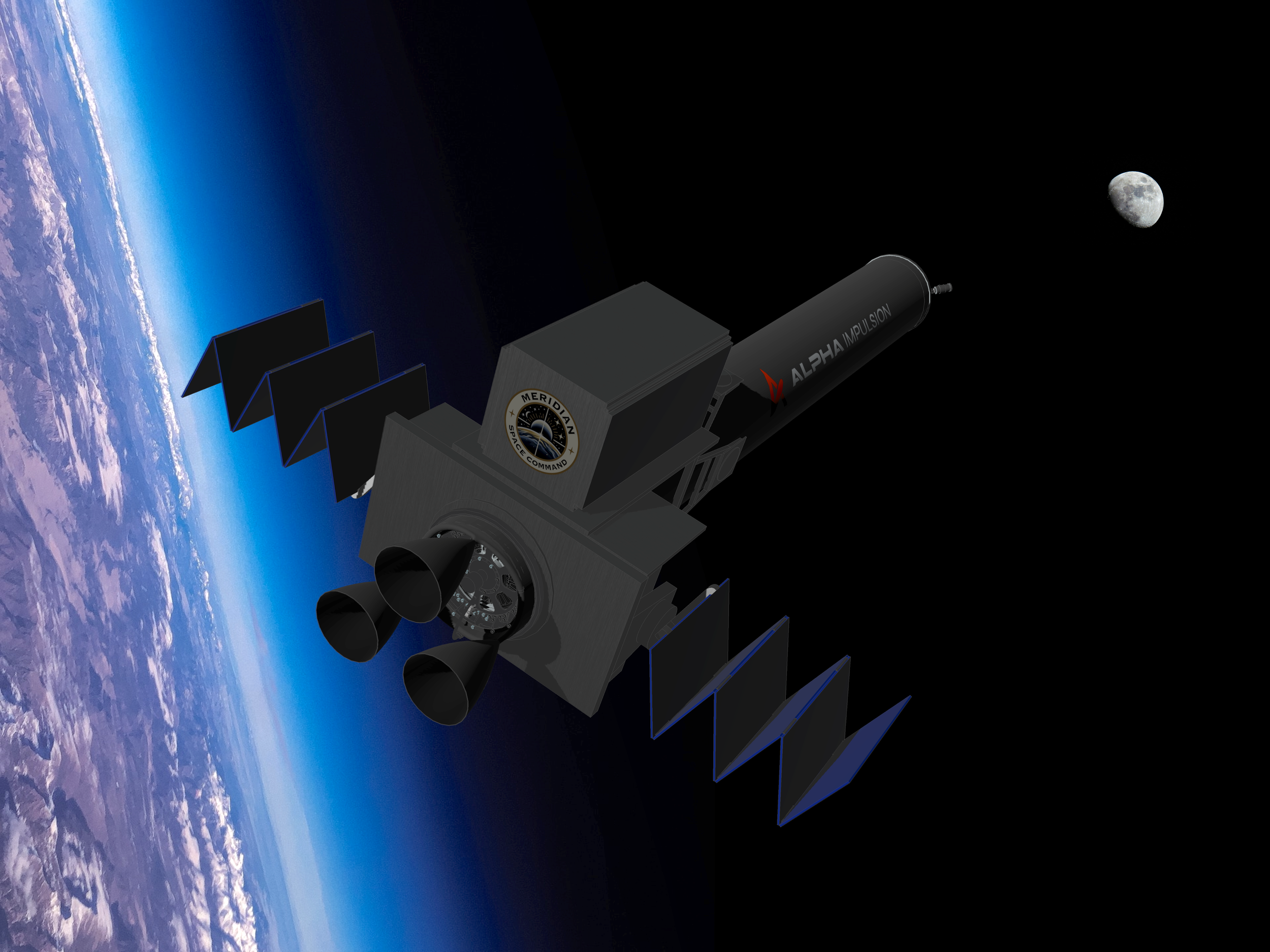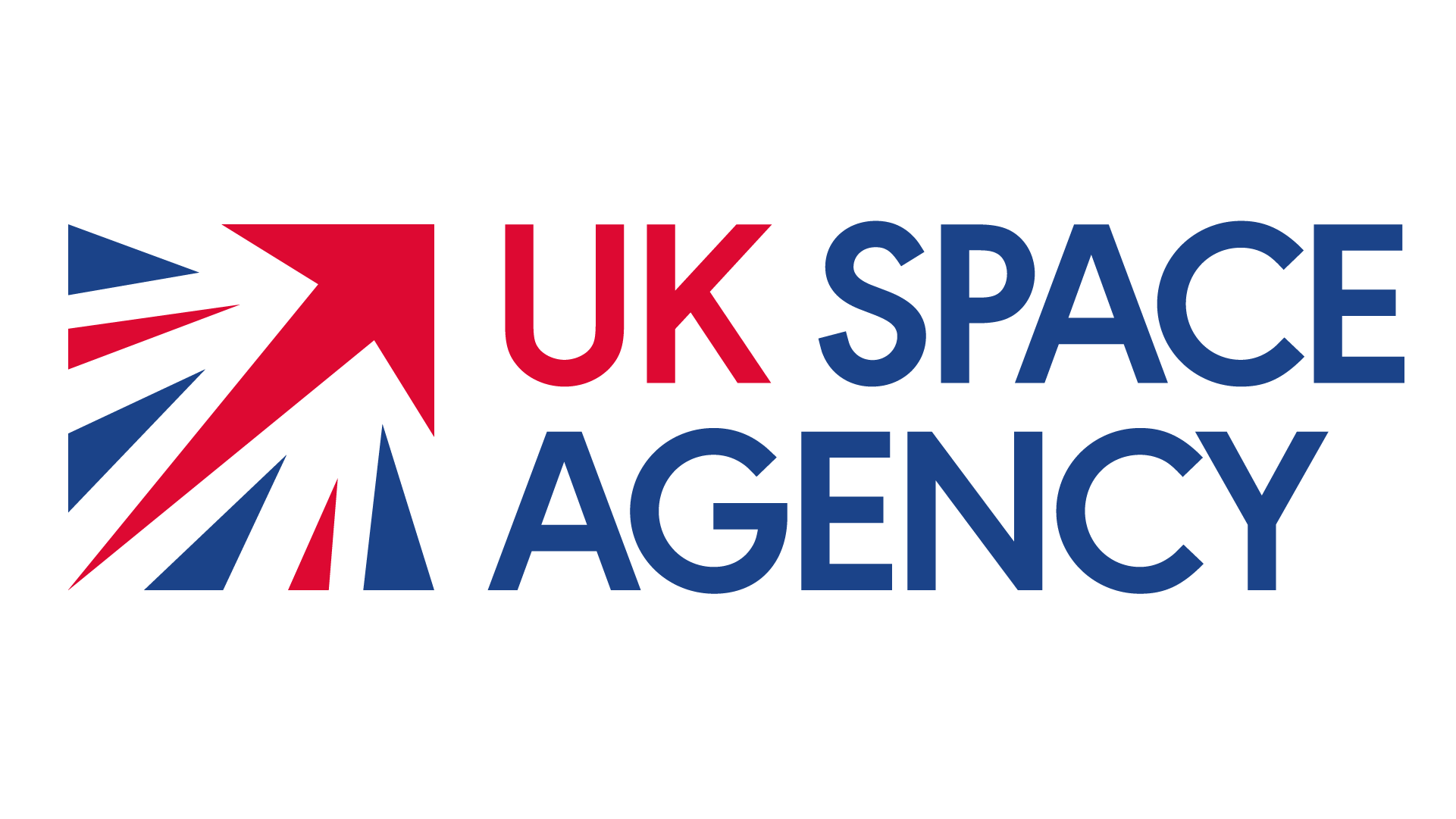Economical Transfer Vehicle
(ETV)
The world’s first “self-eating” spacecraft
Key Features
Payload capacity: Up to 50 kg (nominal 20 kg).
Launch mass: ~250 kg including payload.
Propulsion: Autophage hybrid rocket (consumes its own tank structure during burns, reducing dry mass).
Engines: Single-engine demonstrator; future scalable to multi-engine variants for larger payloads.
Delta-V: ~4.5 km/s.
Orbit entry: Starts in 500 km LEO or SSO. Built for ride-shares in mind, increasing launch cadence.
Inclination changes: Up to 30°.
Destinations: LEO, MEO, GEO, FEO, Lunar, and beyond!
Cost advantage: Designed for affordability and accessibility compared to traditional high-delta-V orbital transfer vehicles.
Anticipated Cost: <£5M including Launch & Operations for 20kg payload remaining attached to the ETV on a 2-month Lunar mission.
Mission Applications
Science – Deliver low-mass instruments to higher orbits and deep-space environments.
Education & STEM – Provide universities, schools, and global outreach missions with affordable access to lunar orbits and beyond.
Commercial – Enable repositioning, constellation extension, and new services in cislunar space.
Defence – Getting you there… now.
Early Customers
Mission ShakthiSAT – A global STEM education mission led by Space Kidz India, engaging 108+ countries and 12,000+ students, aiming for lunar orbit, and even a micro-rough-landing attempt.
Elfen – A UK-led science mission to study the effect of Solar Wind on the Earth’s magnetosphere at twice the distance of GEO.
Partnership
Meridian Space Command (UK) – Mission operator and service provider headquartered at Space Park Leicester, UK; focused on sovereign space capabilities, enabling technologies, and professional education.
Alpha Impulsion (France/Europe) – Pioneers of the Autophage hybrid propulsion system, pioneering self-eating hybrid rocket engines designed for efficient, scalable space transport. The ETV makes use of the OPAL in-space propulsion unit.
Why ETV?
ETV offers the combination of technical feasibility and business viability needed to unlock new opportunities for the small payload community. By reducing both cost and complexity, ETV makes deeper-space access possible for organisations that would otherwise be priced out – turning vision into viable missions.
The ETV is the first step on the ladder for ambitious missions – enabling small payloads (nominally ~20kg) to reach more energetic orbits (incl. lunar and beyond) without the prohibitive budgets of current day services.
The ETV is currently in Preliminary Design Review (PDR) funded by the UK Space Agency.
Funding made possible through the International Bilateral Fund 2.



